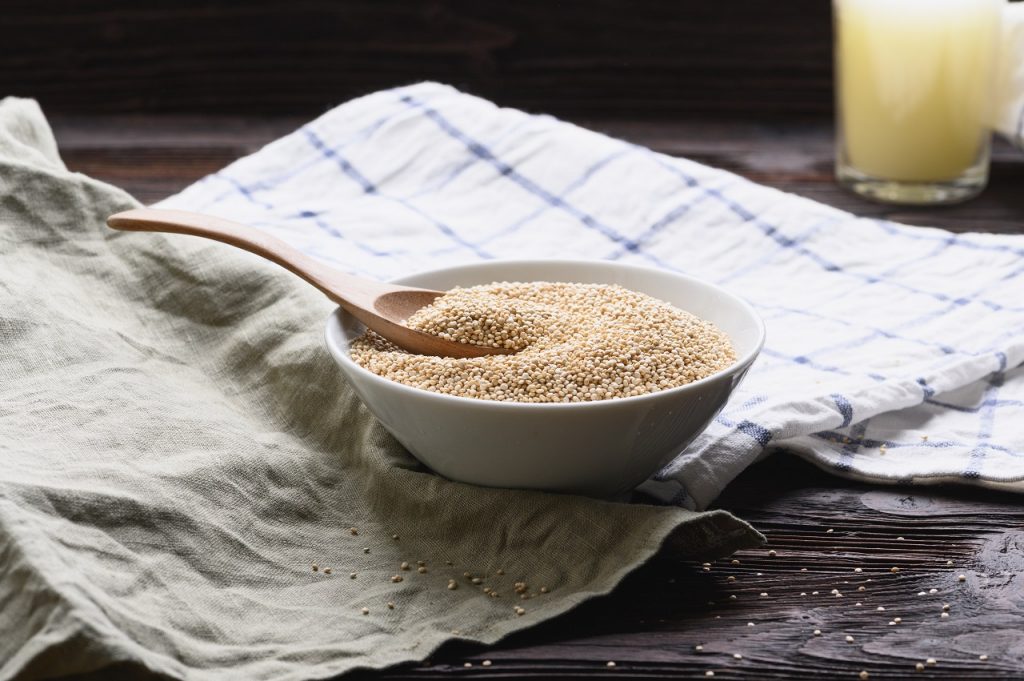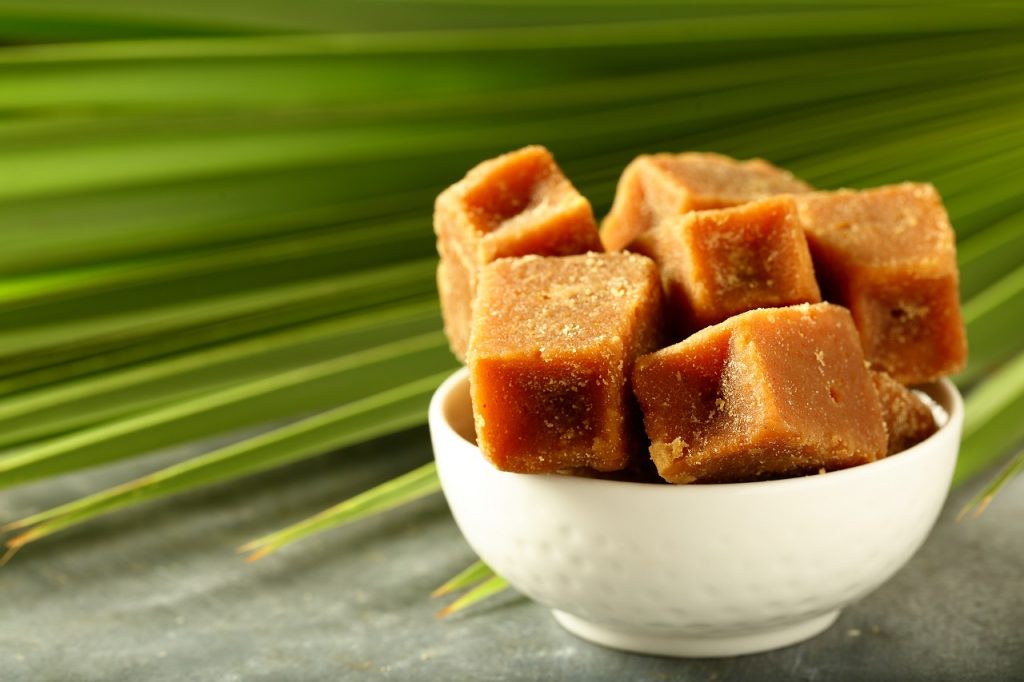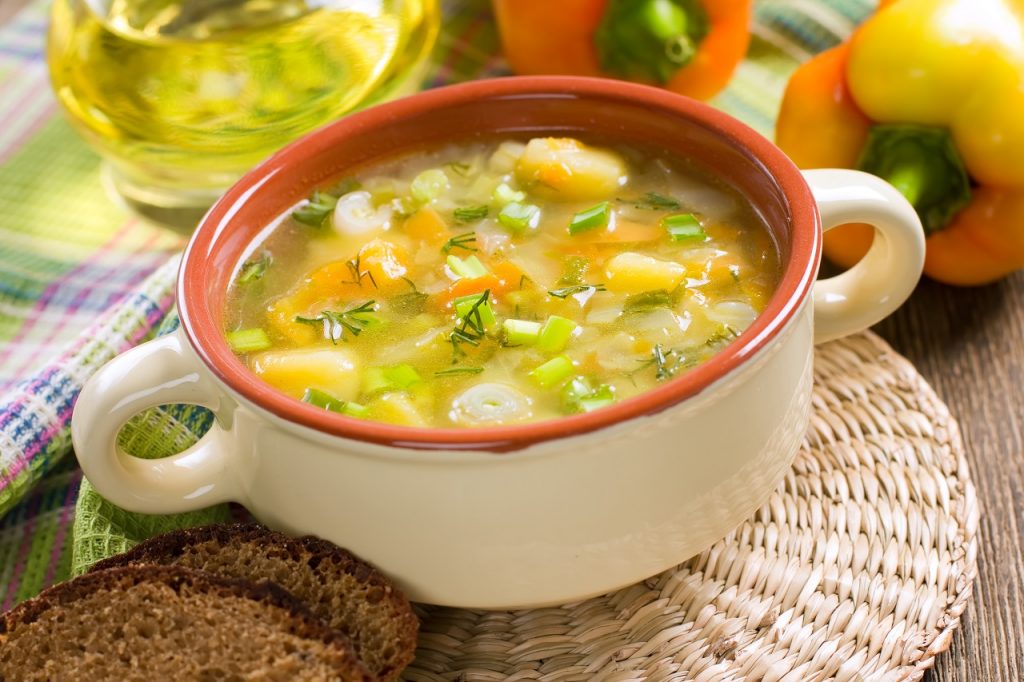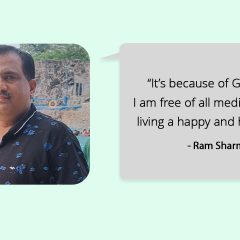
With the rise in awareness about the right food for good health, people are changing what they eat. New foods or superfoods specifically, are added to the everyday routine foods to get an add on benefit. One such highly popular or highly trending food is “Quinoa” (pronounced as keen-wah)
What is Quinoa?
It is a pseudo-grain but because of its nutritional resemblance to grains, it is considered as a grain. If we look at its source, it is a seed available from the Chenopodium Quinoa Plant. It was widely produced only in South America and the Incas used to call it “the mother of all grains”.
In the year 2013, it was named “The International Year of Quinoa” by the UN because of its valuable qualities and potential to fight world hunger.
Is It Really Worth Including In Our Meals?
The answer is yes and there are several reasons for it.
- Quinoa is non-GMO and a naturally gluten-free grain
- It is one such plant-based food exception that it is a complete protein: a complete protein means where all the essential amino acids are present which the body cannot produce until we feed it through food. It specifically contains lysine, methionine and cysteine amino acids which generally all plant-based protein food lacks
- High antioxidant and inflammation reducing capacity: It contains flavonoids like quercetin and kaempferol which help in acting as an antioxidant, anti-viral, anti-cancer and anti-depressant
- Fibre-rich grain source: 17-27gm of fibre is found in 1 cup of Quinoa (185gm approximately) which is a lot more as compared to other grains, which helps in reducing the total fat/lipid percentage in the body
- Helps in Improving Blood Sugar Control: One definitely because of its fibre-protein content and another because it contains compounds that inhibit alpha-glucosidase, one of the enzymes involved in digesting carbohydrates, resulting in the delayed breakdown of carbohydrates and hence slow release of sugar in the blood
- Because of its high magnesium content (1 cup cooked quinoa can provide one-third of daily requirement), it is recommended to have it often to reduce the risk of type 2 diabetes
- Helps in reducing weight: As Quinoa is high in fibres, proteins and has a low glycemic index, it can make one feel fuller for a longer time, reducing frequent hunger pangs
- The nutritional content of one cup of cooked quinoa is 222 calories and 4 grams of fat; with 39 grams of carbohydrates, 5 grams of fibre and 8 grams of protein
Quinoa also contains few anti-nutrients like saponins, phytic acid and oxalates. However, they do not affect health when cooked properly. It can be used as a replacement for any grain like rice, or can be added to cold salads, soups, sprouts, etc. Click here for some interesting recipes you can try using Quinoa.
We hope this article on Quinoa helps you! Do share your thoughts in the comments below! To learn more about grains, food and healthy eating in general, check out Healthy Reads or ask a GOQii Coach by subscribing for personalized health coaching here: https://goqiiapp.page.link/bsr
#BeTheForce






